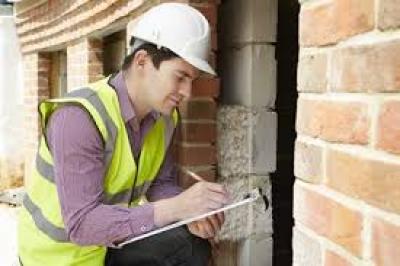The change to an Australian based health and Safety model certainly is challenging for many businesses and is to requiring to require a lot of clarification as to who has what responsibility for what.
This is now reaching into the areas of corporate bodies and rental properties or building, something that many businesses are operating from.
A little known fact is that it is the owner of the premises, the landlord responsibility under the 2006 “NZ fire safety and evacuation of building regulations” To develop and provide and to implement efficient emergency evacuation procedures for the prompt evacuation of their buildings or premises.
The following article written by Jessie Lapthorne, an associate at law firm Duncan Cotterill, sets out another set of responsibilities that clarifies the issue where a land lord employs contractors to undertake work on their property:-
"Rental properties are now classified as workplaces putting new responsibilities on landlords when undertaking repairs and maintenance.
New legislation means landlords have a responsibility to ensure the health and safety of contractors they engage to carry out work on their property.
Under the new Health and Safety at Work Act 2015 (HSW Act), a landlord is classified as a person conducting a business or undertaking (PCBU) and the property will be classified as a “workplace” if a person is undertaking work there.
As with any other workplace, the PCBU is tasked with protecting the health and safety of its workers and anyone else influenced by the work being carried out.
If, for example, a landlord hires someone to undertake electrical repairs on their rental property, the landlord will have an obligation to ensure that the contractor is suitably qualified to undertake the work and has health and safety systems in place to ensure that workers, tenants, or visitors to the property are not injured in connection with that work.
A landlord who does not meet this obligation could face prosecution under the HSW Act, if someone is injured.
WorkSafe will not take lightly to those who plead ignorance. The latest ACC statistics show that there were more than 146,100 active claims in the home or a commercial/service location as a result of work, at a staggering cost of over $289 million in the year to June 2015.
Given the nature of residential work, such as cleaning, gardening, building, and plumbing and electrical, there is likely to be more than one PCBU, including the landlord and the contractor. There are a number of steps you can take to remain compliant: Identify and manage the risks on the property (such as dogs) and connected to the work to be undertaken;
• Ensure contractors are sufficiently competent to perform the work and have their own individual health and safety plan; • Ensure contractors understand their health and safety requirements, particularly in relation to the risks identified; • If possible, meet with the contractor on site at the property and discuss risks and health and safety requirements, and make notes of the meeting and the discussion; • Consider appointing a project manager or property manager to manage the risks for contractors (although this will not excuse a landlord from liability)."
ConclusionJessie’s article certainly clarifies a number of Health and Safety issues and this now taking this business responsibility to another level. Like it or hate it, the HSW Act its enacted, it’s happening and we now, as a nation of responsible property and business owners have to make it work, it is no longer a negotiable option for any business owner .
 Gordon Anderson is the managing director of Hasmate Ltd of Napier. Since 1993 he has worked extensively in the area of health and safety as an adviser, systems development, auditing and management training. He works with a wide range of industries in Hawke's Bay and in other centres.
Gordon Anderson is the managing director of Hasmate Ltd of Napier. Since 1993 he has worked extensively in the area of health and safety as an adviser, systems development, auditing and management training. He works with a wide range of industries in Hawke's Bay and in other centres.

